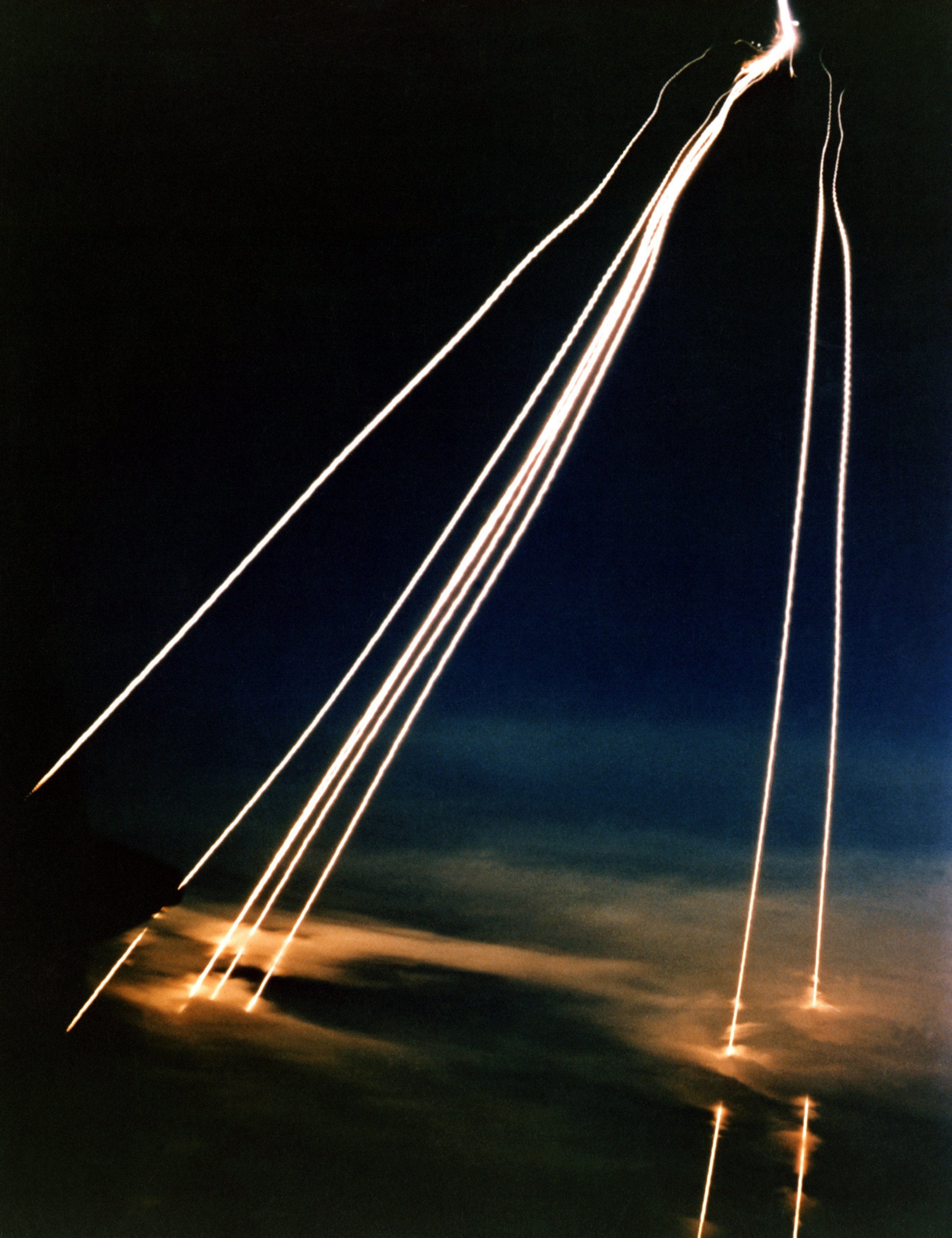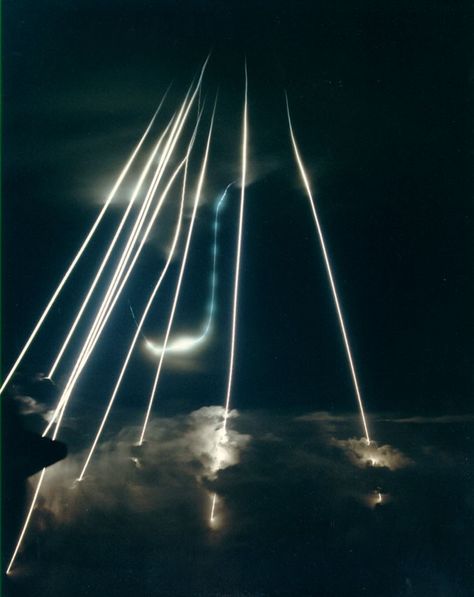I used to work at the Huntsville (Alabama) Remote Operations Center (ROC) tracking and scoring Minuteman III 'Glory Trip' test launches from Vandenberg AFB to Kwajalein and in a few cases all the way to the broad - and extremely deep - ocean areas off the coast of Guam. Without getting into the specific details of a specific mission or missions (which are classified) this is what is done for a Glory Trip (or 'GT') mission:
The missile wing assigned to the test (the 90th at F. E. Warren, the 91st at Minot and the 341st at Malmstrom) selects an active Minuteman III missile at random from the fields where it stands alert. The missile is extracted from the LF (launch facility) and its warhead removed. Both are transported back to the base. The missile is then transported to Vandenberg AFB, where a range safety destruct package is installed on the missile (active missiles loaded with nukes do not have them) and special reentry vehicles (RVs) with instrumentation replace the nuke. (Minuteman IIIs can carry up to three RVs; they generally carry only one live nuke on alert because of the START treaty. On occasion, test launches do carry the full three RV load.) Of course, countermeasures such as decoys (penetration aids, or 'pen-aids') are also tested - and are highly classified.
Launch and maintenance crews from the missile wing goes on TDY to Vandenberg to oversee and participate in the GT mission, even though the instrumented missile is under the control of the 576th Flight Test Squadron (576 FLTS). On mission day, a rather elaborate countdown is performed. Some launches are done in the launch control facility (LCF) like the missiles on alert underground or by using the Airborne Launch Control Center (ALCC) onboard the E-6B Mercury command and control aircraft. Regardless of which method is used, within 30 seconds of turning the launch keys the missile is launched from the LF at Vandenberg. Here's a brief article on the airborne launch system:
https://www.afgsc.af.mil/News/Artic...73936/glory-trip-220-an-aircrews-perspective/
When launched towards Kwajalein, the powerful space-tracking radars pick up the upper stages of the missile at the peak of its flight and continue to track it until impact. It takes about 25 to 28 minutes before the RV and the 'bus' that carries it impacts on an uninhabited island on the atoll, into an array of hydrophones offshore or onto the broad ocean areas offshore from the atoll, where ocean depths exceed 10,000 feet. (Can't let Russian or Chinese 'fishing' trawlers pick up the pieces...)
Below is a picture of a 3-warhead test reentering over Kwajalein. The brighter, fourth trail is the remains of the 'bus' as it disintegrates in the atmosphere. Spectacular view nut also sobering at the same time; if this was a live shot, that's the last thing anyone would see before being vaporized.








